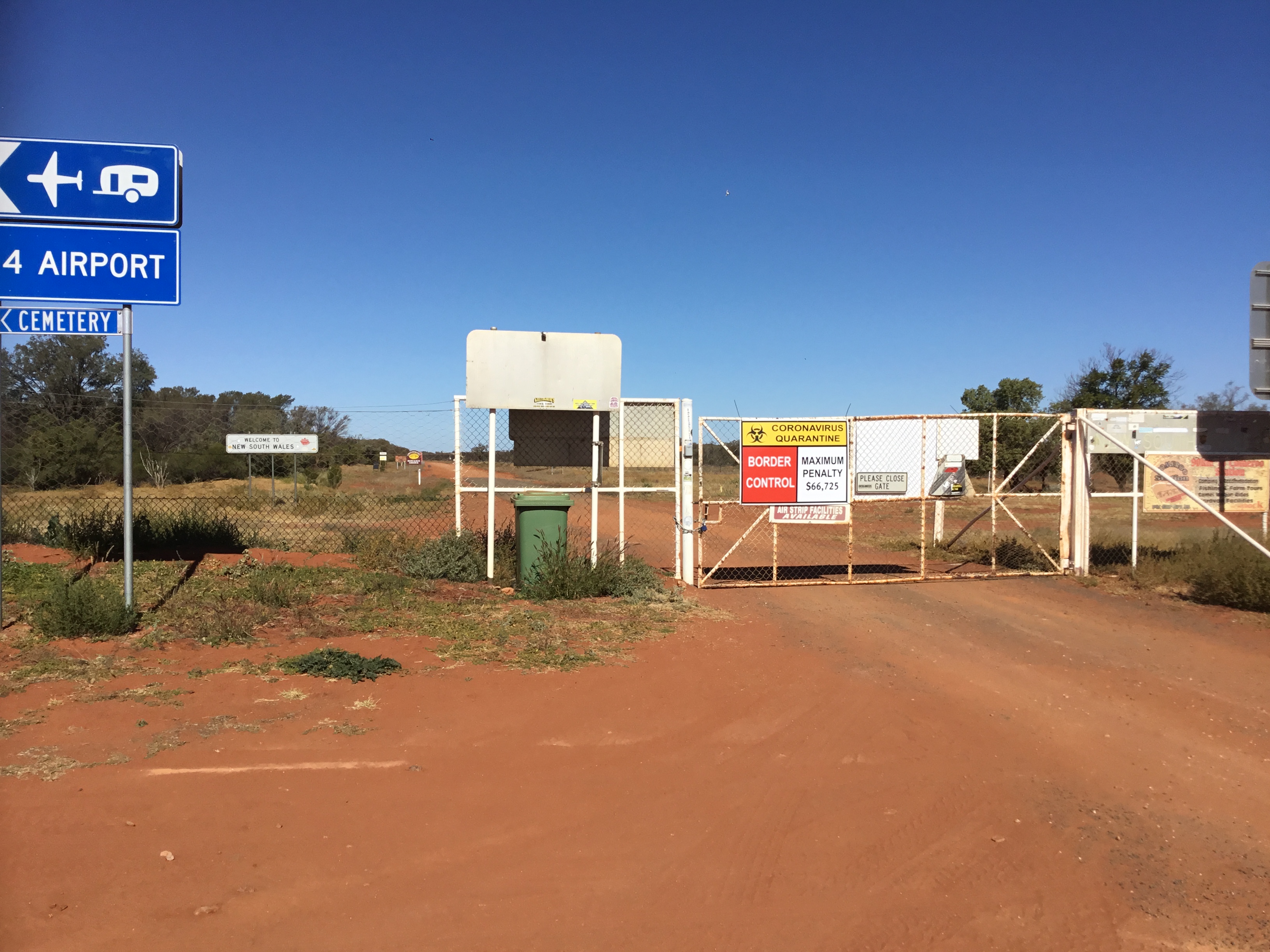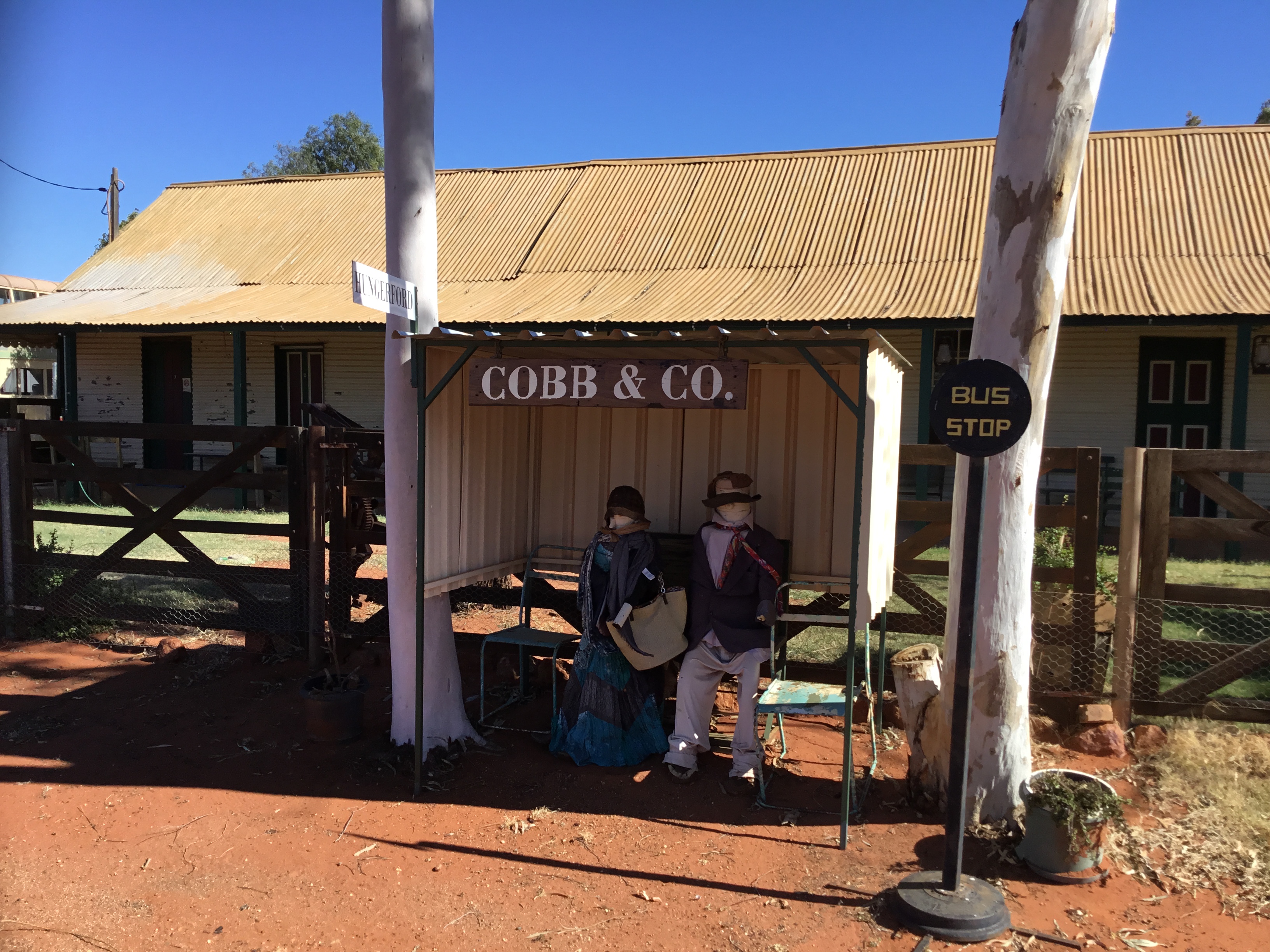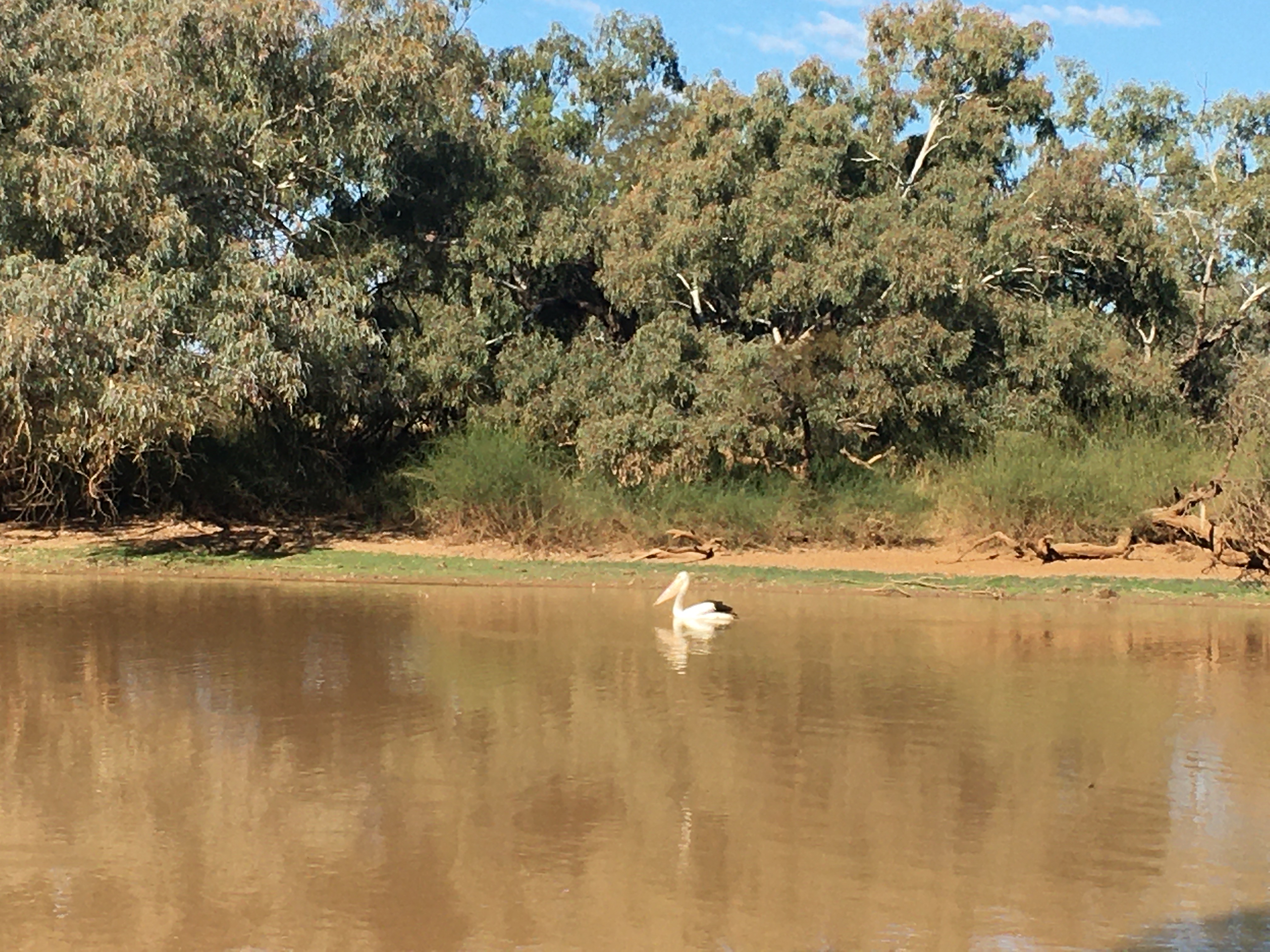
Sunday June 7 – Tuesday 9 Carrawinya National Park - Corni Paroo campsite
June 10, 2020 - Reading time: 2 minutes
Stunningly beautiful – a magnificent waterway with brilliant abundant bird life.
We are the only ones here – indeed the rangers told us we are only ones in the whole park. There are no prescribed camp sites here, you just drive along and choose where you would like to camp. Our site is right at the northern end on a little drive through with bird noises from sunrise to sunset – pelicans, whistling kites, zebra finches, peaceful doves, thousands of budgies, Willy wag tails and so many more that we have not be able to identify.
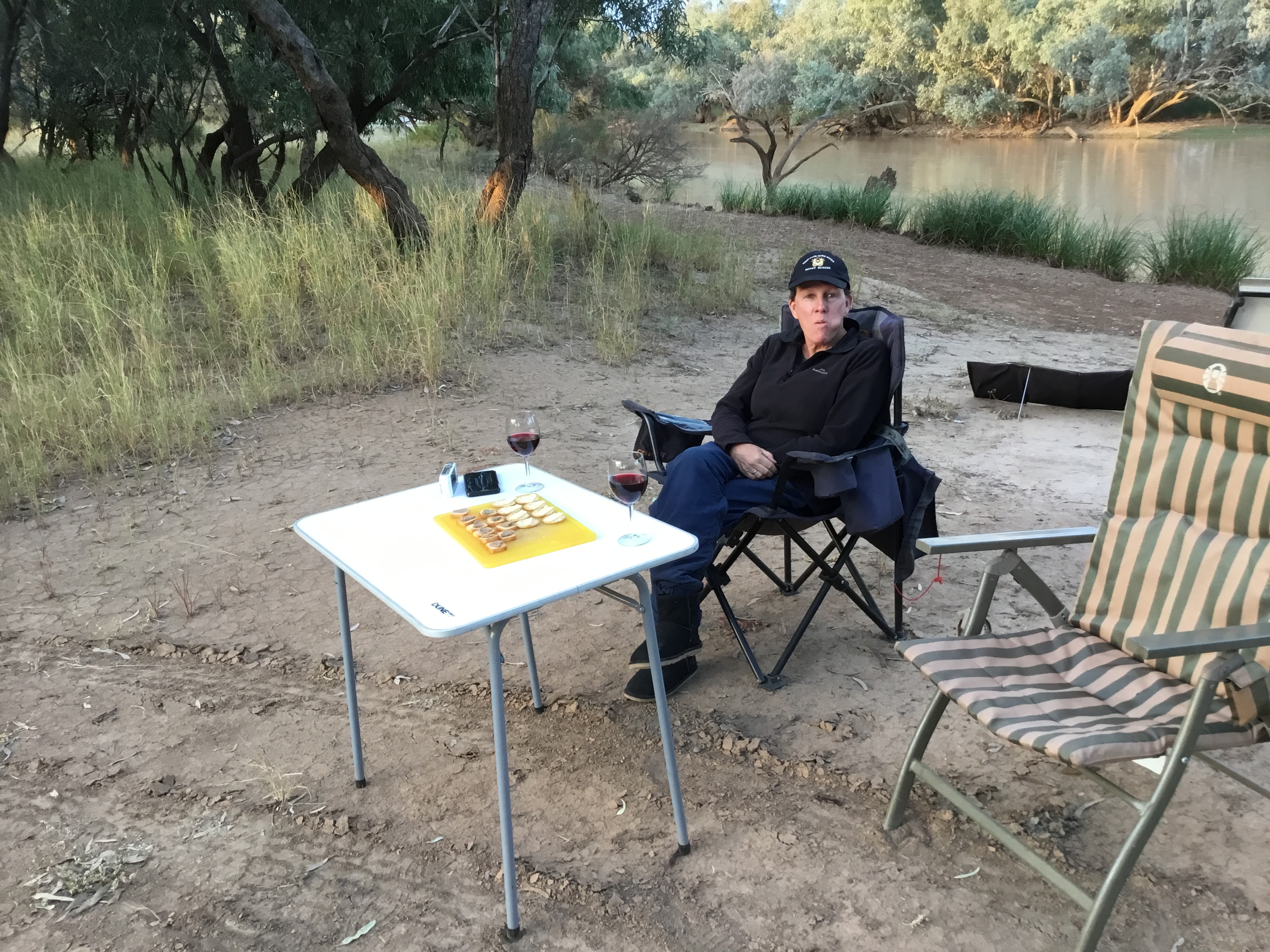
We put some chicken on our fishing rods and Maurs caught a beautiful yabby, so we set up a few sticks, made a net with fencing wire and a fly net and caught a few more for dinner on Tuesday night.
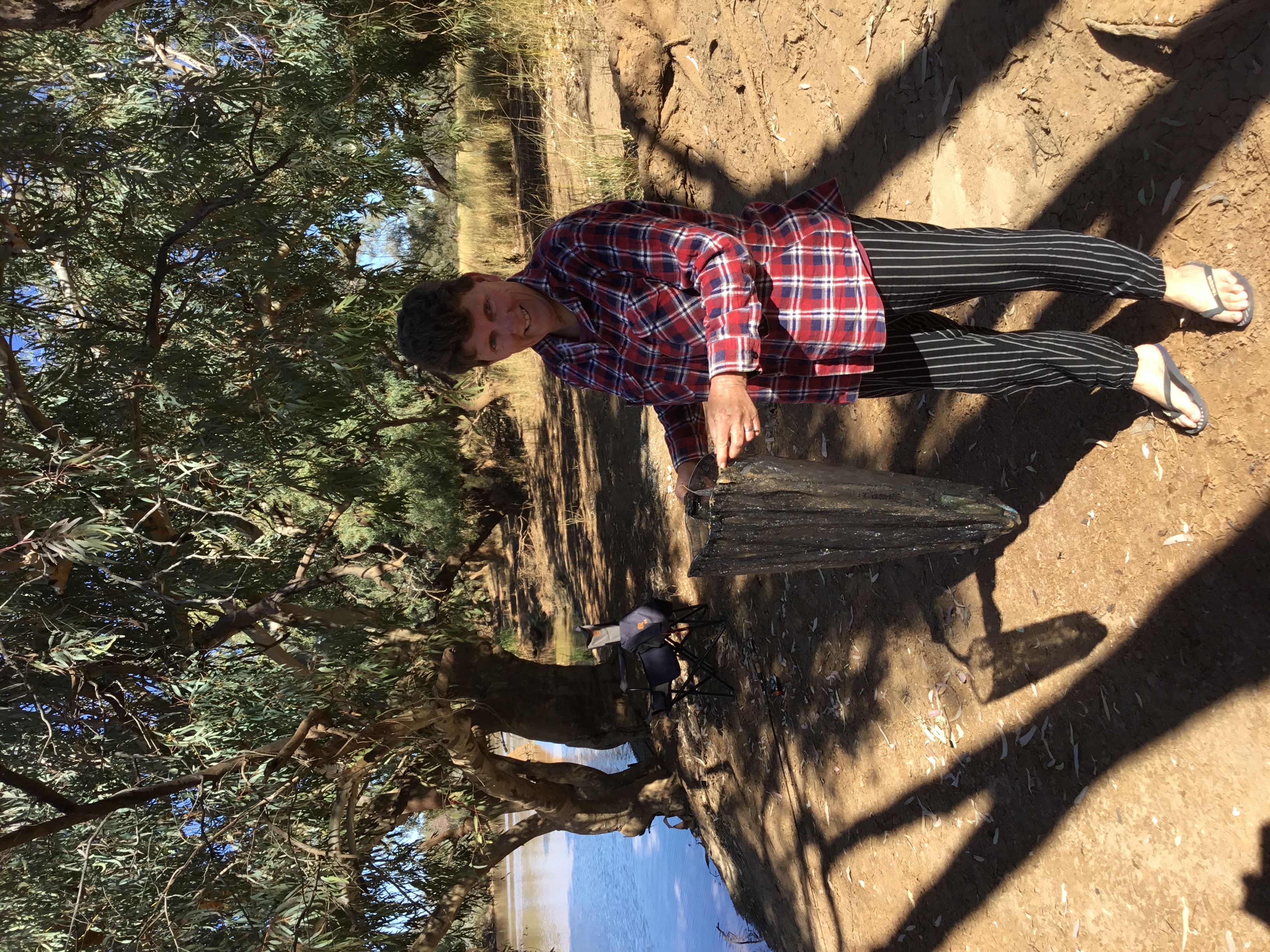
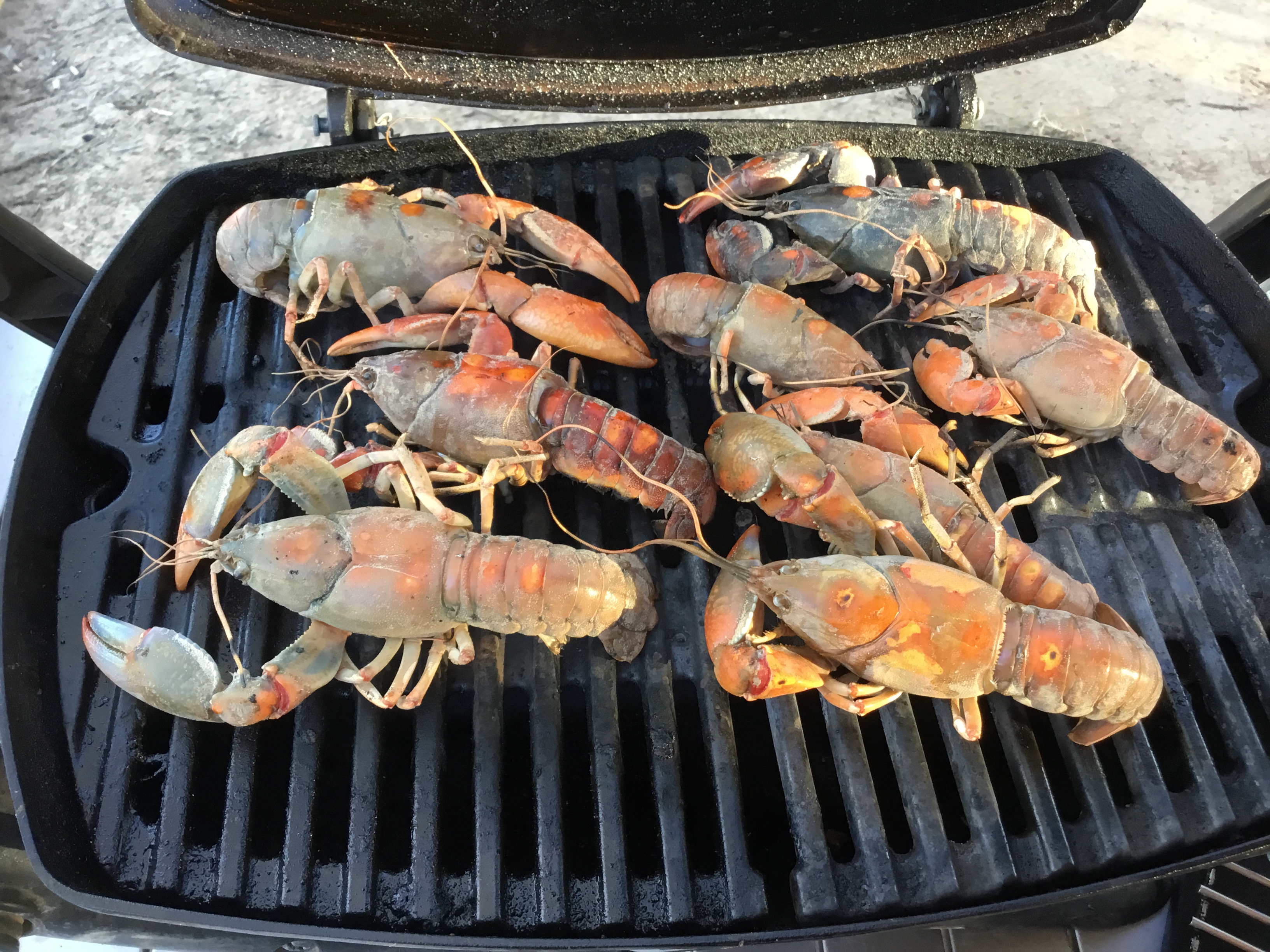
Amalgamating four old sheep stations which became unprofitable with the development of synthetic material to replace wool in the 1990’s Carrawinya can take you back in time. Scattered around the park you can see some of the old homesteads, shearer’s quarters, water pumps and the shearing sheds – it leaves you with a feeling of great respect for both the shearer’s and the owners.
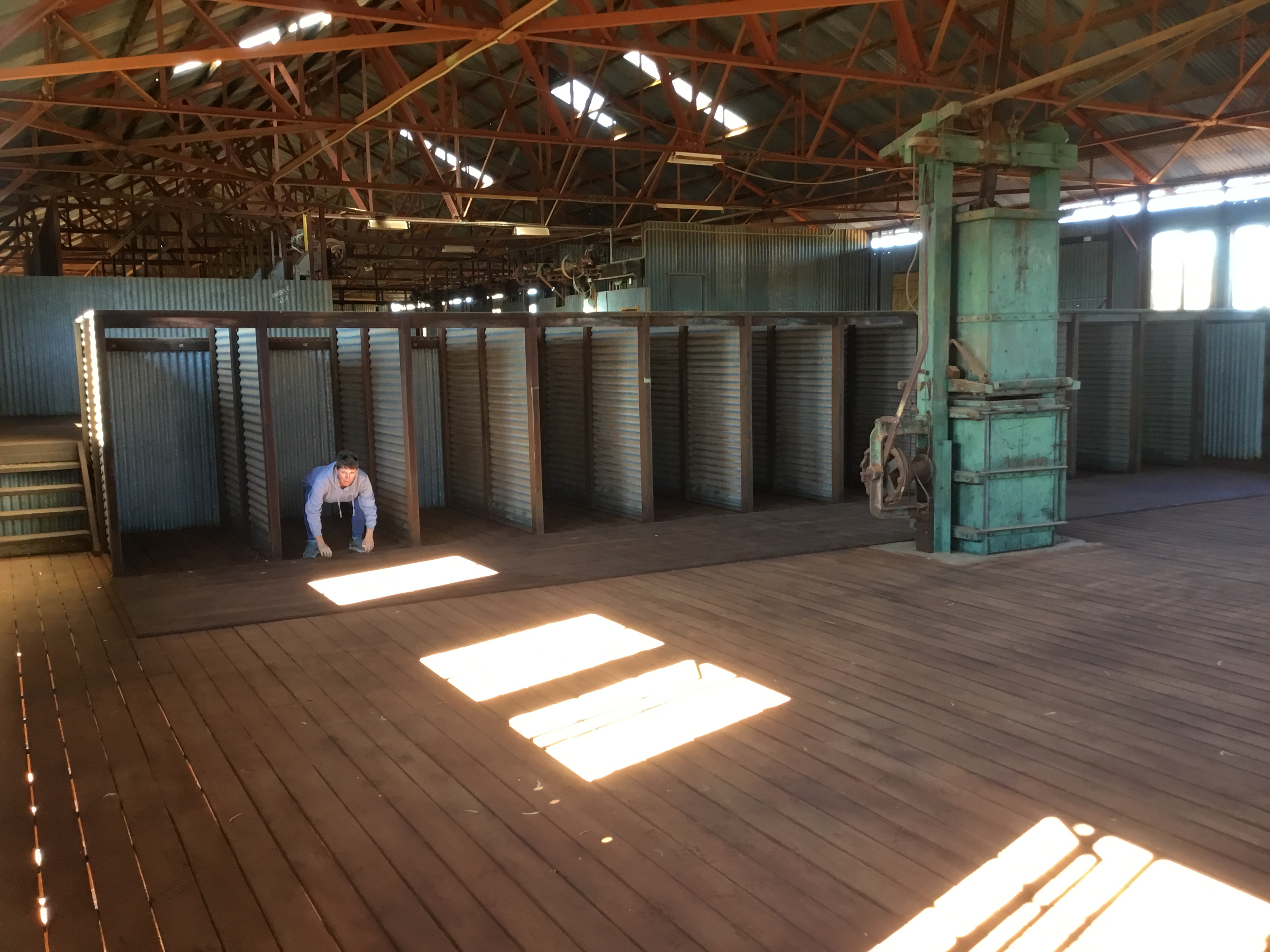
Hungerford (pop 8), on the southern edge of the park borders New South Wales, however a locked gate due to the Covid 19 Pandemic has stopped all but essential travel. Hungerford was historically, the main supply town for the district and as result also a stage post for Cobb and Co on the route to Thargomindah. Today, it relies solely upon the tourist trade and is struggling more than normal due to the border closures – it was quite sad to see the whole town all but closed.
